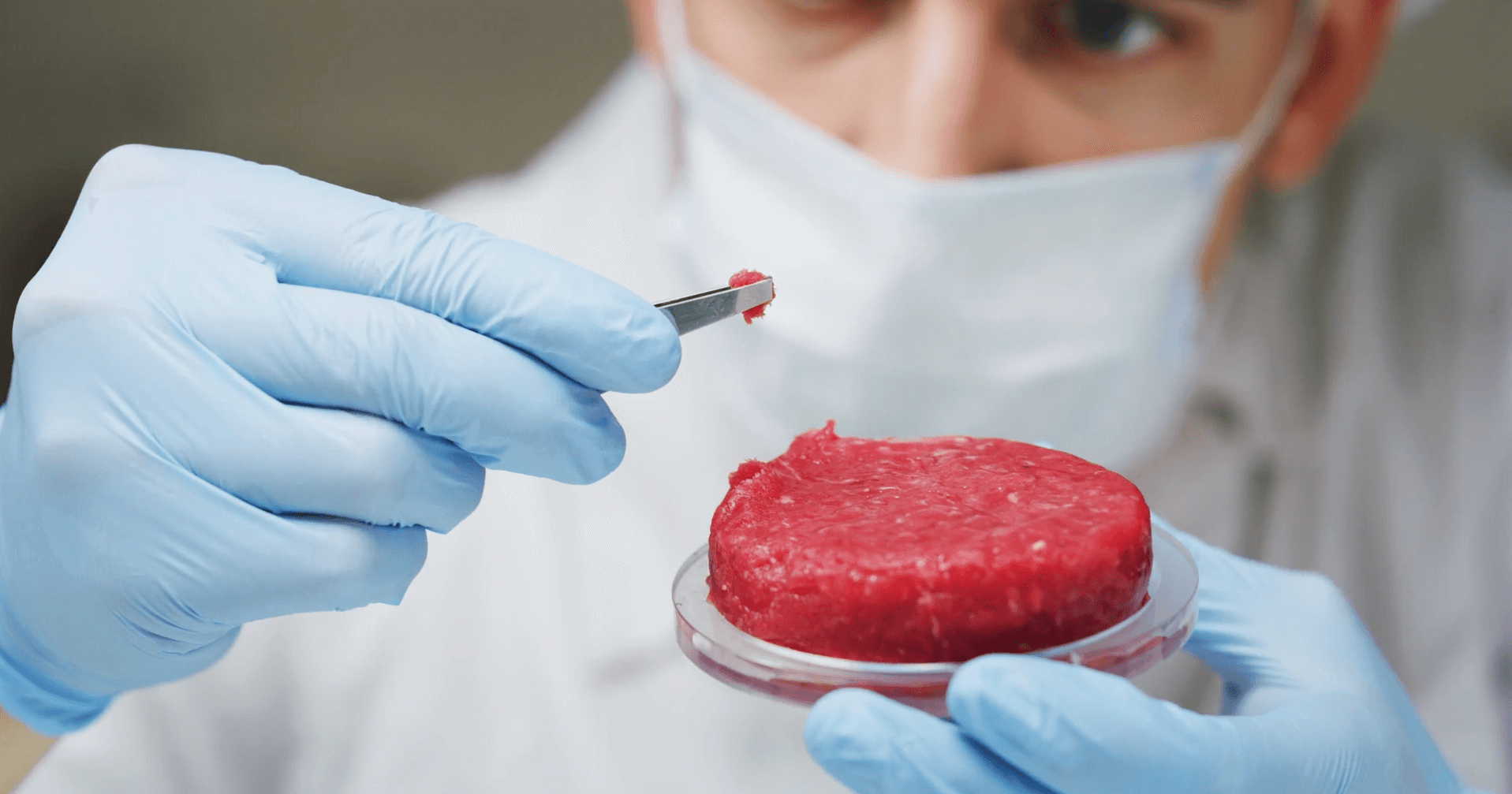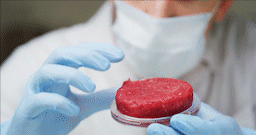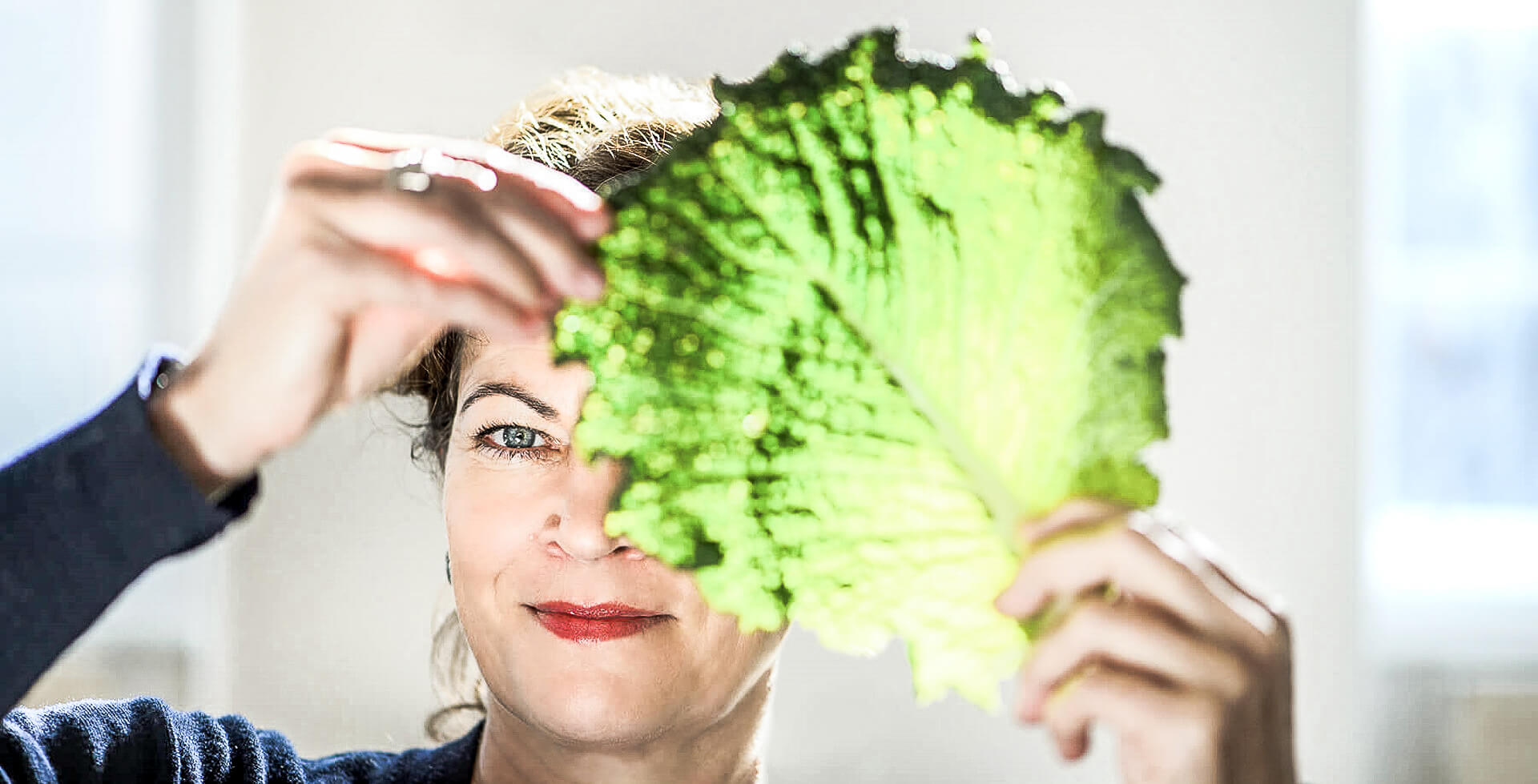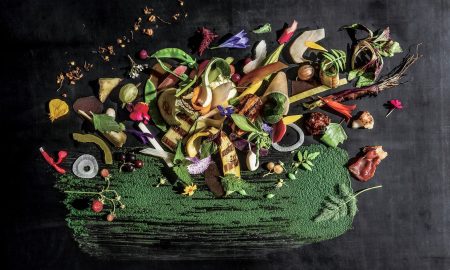In-vitro meat to some, it sounds like an unpalatable experiment straight out of a mad scientist’s lab; to others, it offers the promise of what could finally be a sustainable and cost-effective alternative to factory farming. Recently, an increasing number of milestones for growing meat in a Petri dish have been crossed. In Tel-Aviv, a restaurant has opened where you can watch your schnitzel while it grows, and a French start-up has recently developed an engineered substitute for foie gras. Previous attempts to culture meat, however, have focused on meats that are relatively easy to replicate, such as chicken nuggets, liver and identically shaped strips of beef. These products could easily be distinguished from “real meat” by the naked eye.
Wagyu beef from the 3D printer
Meat lovers consider Wagyu to be one of the best varieties of beef. It is particularly characterized by its complex and uniform marbling. Using 3D bio-printer technology, researchers at Osaka University aimed to realistically recreate this marbling down to the last detail, including muscle fibers, fat and blood vessels.

Image: HQUALITY | Adobe Stock Picture
Scientists at Osaka University say they have made a decisive breakthrough in producing realistic cultured beef. According to a university news release, the researchers used stem cells from Wagyu cattle to create a meat alternative that is said to be “very similar to conventional steaks.” “This work could help usher in a more sustainable future where cultured meat is readily available,” the release continues.
“Using the histological structure of Wagyu beef, we developed a 3D printing method to custom-make complex structures such as muscle fibers, fat and blood vessels,” said lead author Dong-Hee Kang. In the future, consumers would be able to order cultured meat with a fat content suited to their taste.
However, it will probably be some time before printed Wagyu is market ready. The meat sample printed in the study only measures 5x10mm.


















